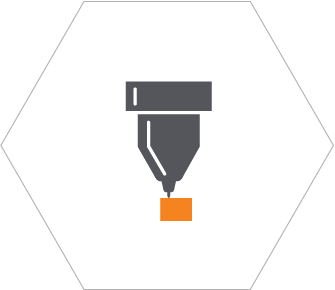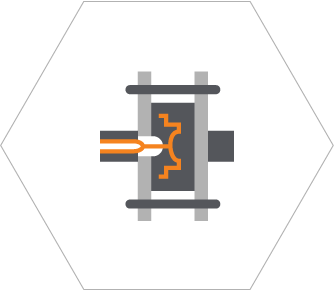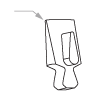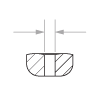Micro Part Design
- Does your design have wall stocks in the range of .002” to .004”? (See image below.)
- Does it have aspect ratios in the range of 250:1?
- Is your part weight so low that you can make 520 parts from a single pellet of plastic?
All of these features can be accomplished and are generally recognized by the industry as being micro and requiring specialized tools.
Review our 8 tips for creating successful micro designs from the start.
Micro Design Features
In many instances, micro part features that can be seen with the naked eye require more specialized tools and techniques than what’s required for a microscopic part with simple geometry. In micromolding, some of the most difficult parts to manufacture are “larger” parts with micro features.
Micro Technology Tools
MTD uses our in-house 3 Micro Technology Tools to optimize your micro part design:
- MicroFill – Using a spiral mold at selected melt temperature, several injection velocities are run and peak pressure, transfer pressure and flow length are recorded. From that, sheer sensitivity of the material is determined.
- MicroFlow – Using a thickness plaque that ranges from .002-.009”, the effect of a reduced wall section on flow length is seen. Running through multiple injection velocities, while measuring flow length, realistic wall thicknesses for certain materials is determined.
- MicroRunner– This tool has a ratcheting runner system that varies in diameter and aids in determining the minimum runner size required to fill the volume of your part with the goal of sizing a runner system to adequately mold a product without sacrificing material. This is extremely important for expensive materials.
The most difficult challenge we come across with smaller and more complex parts is that as the parts get smaller, the dimensional tolerances do too.
These requirements paired with the need for very thin walls, which require faster injection speeds, create a near-impossible situation that takes a very precisely made mold and a high level of processing knowledge to perfect.










